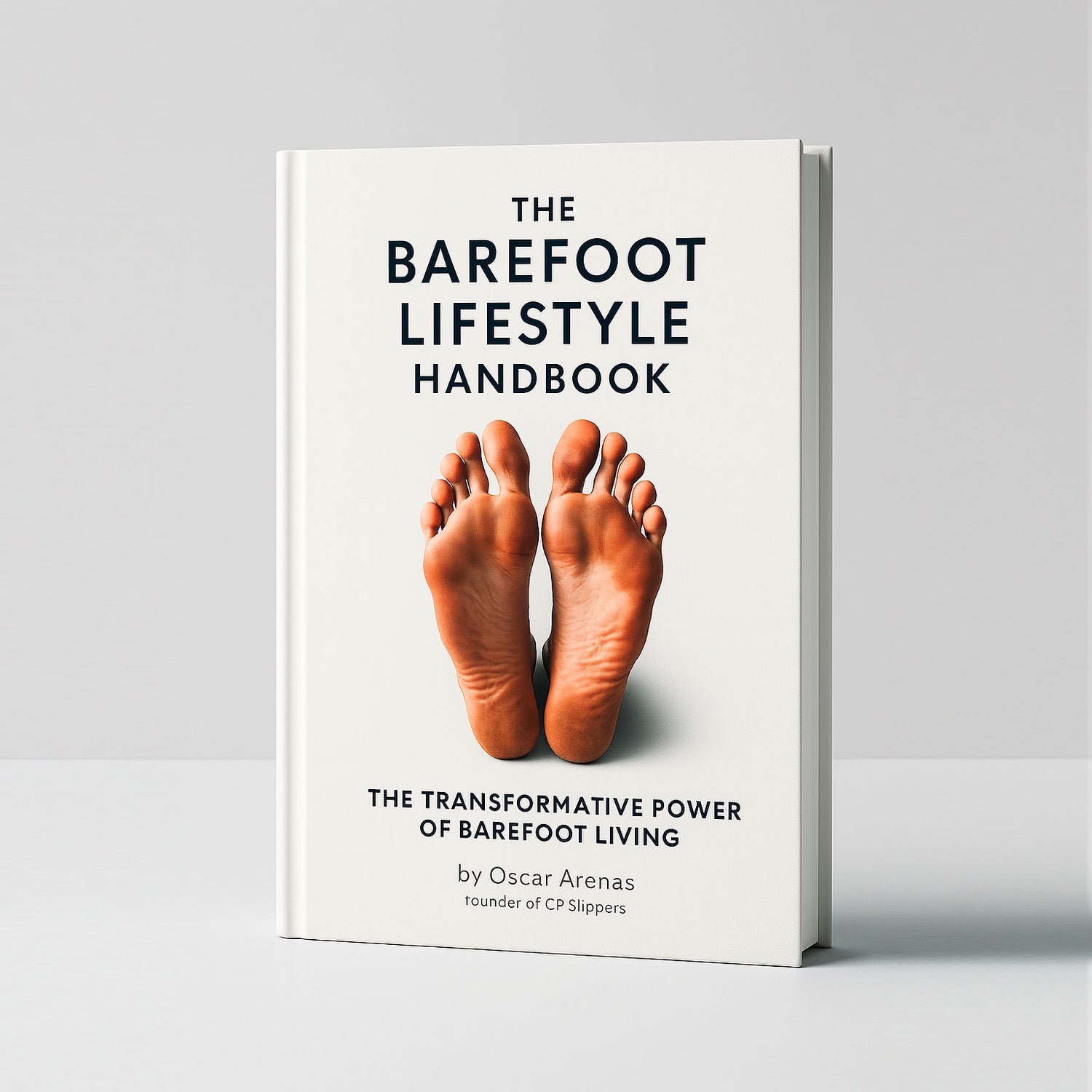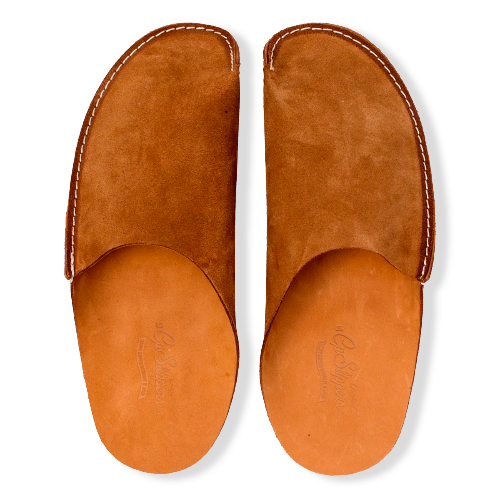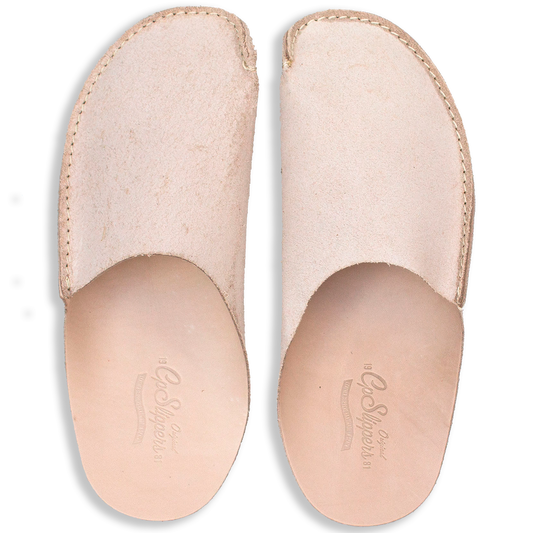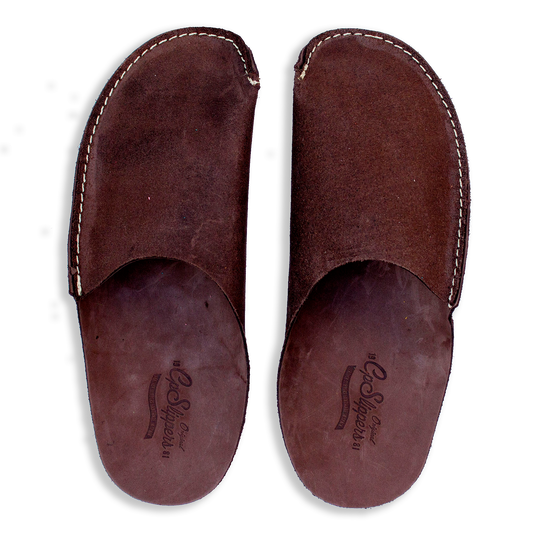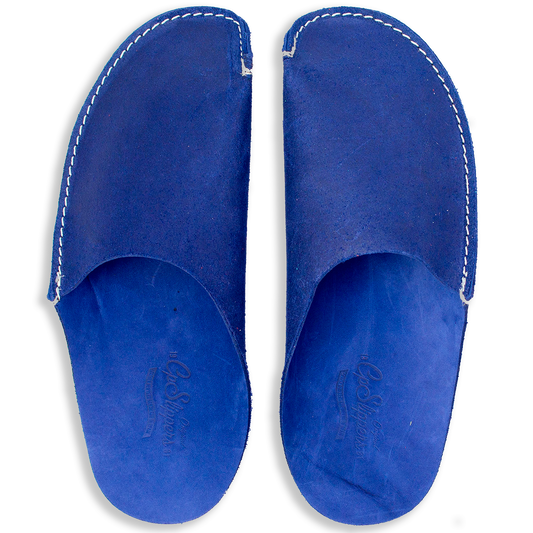Why do we slip into cosy indoor shoes the moment we get home? The answer lies in a rich tapestry of culture, craftsmanship and comfort that spans millennia.
Table of Contents
- From Persia to the Babouche
- Japan: Ritual, Cleanliness & Guest Etiquette
- Europe Embraces Comfort (16th – 18th c.)
- Victorian Slippers & Industrial Innovation
- Modern Revival: Wellness, Fashion & Sustainability
- FAQ
1. From Persia to the Babouche
The earliest recorded indoor shoes appear in ancient Persia and the wider Middle-East, where soft leather babouches (from Persian pâ-pûsh, “foot-cover”) shielded feet from dust inside carpeted homes.:contentReference[oaicite:1]{index=1} Colourful uppers and pointed toes signalled status among Bedouins, caliphs and, later, Ottoman elites. By the 17th century the style had crossed the Mediterranean—French courtiers collected embroidered babouches as exotic novelties.
Key characteristics
- Backless for easy on/off at prayer or rest.
- Supple goat or camel leather; vegetable-tanned. (learn more)
- Bright dyes and metal thread embroidery.
2. Japan: Ritual, Cleanliness & Guest Etiquette
Across the globe, Japan developed its own slipper tradition rooted in Shintō concepts of purity. Outdoor shoes are removed in the genkan; lightweight uwabaki or guest slippers await inside. Even schools, ryokan inns and some restaurants stock rows of pairs. The practice inspired CP Slippers’ founding philosophy—letting feet “breathe in respectful comfort”.
Cultural tips
Leave slippers before stepping onto tatami mats and switch to dedicated toilet-slippers in washrooms.
3. Europe Embraces Comfort (16th – 18th centuries)
Travellers and traders introduced Eastern indoor shoes to Renaissance Europe. By the late 1500s, Venetian merchants sold “Persian pantofles”; Spanish royal inventories list velvet house shoes for nobles. In 18th-century France and Britain, quilted silk “boudoir slippers” became fashionable among aristocratic women.
4. Victorian Slippers & Industrial Innovation
The Industrial Revolution mechanised lasts and stitching, making slippers affordable for the burgeoning middle class. Victorian ladies embroidered Berlin-wool patterns onto slipper tops, while gentlemen favoured leather Albert slippers for smoking rooms.
An artisanal legacy
Today CP Slippers’ craftsmen in Elche, Spain keep this legacy alive, hand-cutting full-grain hides (see how).
5. Modern Revival: Wellness, Fashion & Sustainability
Global slipper sales surpassed $10 billion USD in 2024 and are forecast to grow 5 % CAGR this decade. Celebrity sightings—from Rihanna in UGG Coquette to fashion-week babouches—drive demand. Media like The Guardian publish annual “best slipper” lists, highlighting eco-leather and recycled wool options.
Why leather still rules
- Breathability & natural thermoregulation.
- Longevity—well-cared pairs last years, reducing waste.
- Timeless aesthetic that transitions from home office to flight cabin.
Ready for premium comfort?
Explore our Luxe CP Slippers collection and give your feet 2,000 years of evolution—distilled into one perfect pair.
6. FAQ
How should I clean leather slippers?
Use a damp cloth for dust, let air-dry, then condition with neutral cream every 3 months.
Are babouches vegan?
Traditional ones are leather; vegan alternatives use cotton canvas or Piñatex.


